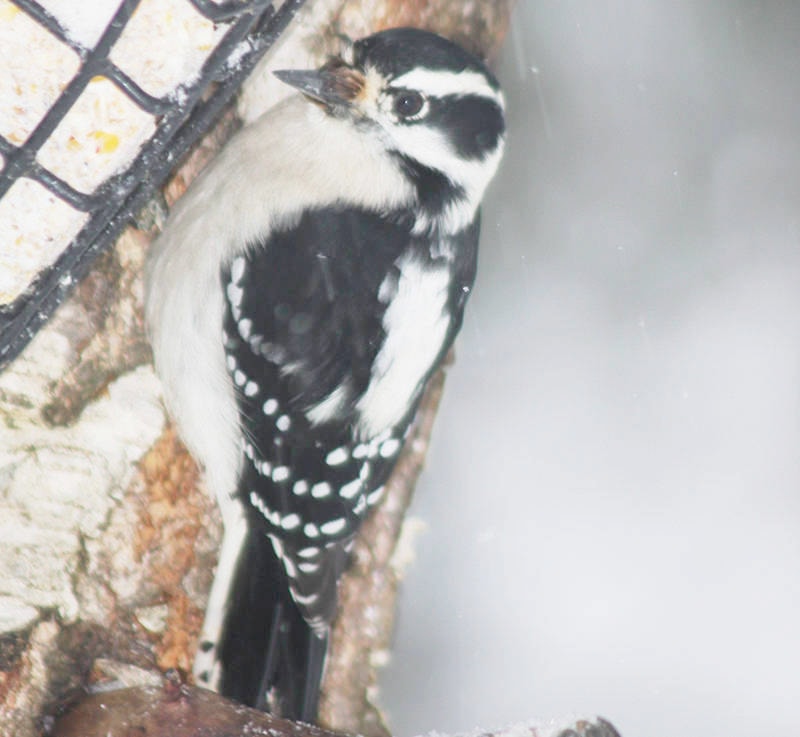Forty-four years ago, Kitimat resident Bob Hay initiated the first official Christmas Bird Count in Kitimat.
His day-long effort, along with an assistant, resulted in 38 different species being documented in just over 8 hours. The tradition of counting birds in mid-December around our town site has continued almost unabated ever since.
Many Christmas bird counts, however, began well before 1974. The first was actually held on Christmas Day, 1900. On that day, 27 communities across the continent sported birders outside documenting winter birds.
In the ensuing century, such counts have become so popular that practical measures now apply. The single day has been replaced with a three-week count period. Christmas Day usually falls in around the middle.
These days, almost every major city and innumerable towns across Canada and the U.S. hold counts, all of which involve tens of thousands of people interested in counting birds. Bird counts have become well organized due to the large numbers of participants and because they have become very useful in a scientific way. The results are tallied and then sent to regional editors who condense the findings for the Journal of American Birds. Scientists then compare statistics to help monitor bird populations over the entire continent.
Even though counts have a scientific value, volunteers energize them. Anyone with a reasonable knowledge of birds is welcome. Some people keep track of birds at their feeder while others spend a few hours walking through their neighbourhood. Keen individuals spend the entire eight hours of daylight trying to find as many different species as possible.
In Kitimat, this can be quite easy or sometimes very challenging. If December proves to be a mild month, then backyards and parkways can still have a good measure of open ground coaxing a good number of birds to linger a little longer.
A few robins usually stay here this late, along with brightly coloured Varied Thrushes, Northern Flickers, and several species of finches.
Outside of our yards, the waterways are another great place to find birds. This requires donning coats and boots but the birding rewards are worth it. Minette Bay, the outer estuary, the Eurocan oxbow and the Kitimat River offer the easiest places to stop, look, listen, and record.
These watercourses offer critical winter habitat for waterfowl such as Trumpeter Swans, Canada Geese, Mallards, and Green-winged Teal. We also have a substantial population of Great Blue Herons that now spend the winter months along the estuary edges which remain free of snow.
So, despite Kitimat’s deep snow, rain, clouds, and dampness, there is plenty to see. In fact, we have one of the best counts in the northern half of the province. In the last several years, over 50 species and several thousand individual birds have been reported from this part of the Kitimat Valley.
If you would like to be a part of this year’s count keep at least a couple of hours open on Saturday, December 15, from dawn until dusk, contact results compiler April Macleod on 250-632-3977 or the Kitimat Museum and Archives on 250-632-8950.
